When the winter months roll around, and all the holiday decadence finally fizzles out, you may want to hunker down, purge your pantry and clean up your eating habits. So you make your meal plan, run to the grocery store, beeline to the avocados and notice that they’re all rock solid. And that’s when you angrily mutter to yourself, “Oh yeah, it’s winter, and avocados aren’t in season.”
This is the problem with healthy eating in the colder months: You don’t have quite the breadth of fresh produce as you might in spring, summer, or even fall. Though there’s nothing wrong with either canned or frozen fruits and vegetables — in fact, frozen vegetables are a great alternative because their nutrients are sealed in right after harvest — they can become extremely tedious when they’re your only option. Sticking to a healthy eating or weight-loss plan is rarely easy, but it’s especially hard when you’re bored of all your meals.
Yes, winter, and all its dreary snow-filled, sunlight-less days, may not seem like a very fresh produce-friendly season, but that’s actually not the case. There are a handful of strapping fruits and vegetables that manage to bloom, despite the inclement weather. All are totally nutrient-packed and easy to incorporate into the low-calorie, high-protein wintertime comfort food you’re probably craving (think, soups and stews). One common attribute: Most winter produce is high in fiber, which helps slow digestion to keep you fuller, longer — a boon if you’re on a weight-loss plan. Plus, starchy veg makes a great alternative to less nutrient-dense simple carbs.
Before we get to your options, it’s important to understand that healthy eating looks different for everyone. What works for some may not work for others, and if you have a history of disordered eating, you may want to check in with your doctor before beginning a new weight loss plan or changing your eating habits at all. It’s also important to recognize that if your goal is weight loss, there’s a lot that goes into it, including getting enough sleep, managing stress levels, and staying physically active. If you’re not interested in losing weight, and simply want to eat healthier, these eight winter fruits and vegetables are still some that you’ll want to keep in mind (and by “mind” we mean “mouth”).

1. CITRUS
Though you may think of citrus as a summertime staple (margaritas, am I right?), oranges, lemons, grapefruit, and the like are all in season from November to February. Amy Gorin, MS, RDN, owner of Amy Gorin Nutrition in Jersey City, New Jersey, especially likes to stock up on mandarin oranges and tangerines, both of which are small and easy to peel — the perfect grab-and-go-snack. They’re all loaded with vitamin C, low in calories and can be added to sweet and savory dishes in equal measure. Try topping your next salad with a few blood orange segments, or throw some chopped kumquat on your next smoothie bowl. So many possibilities.
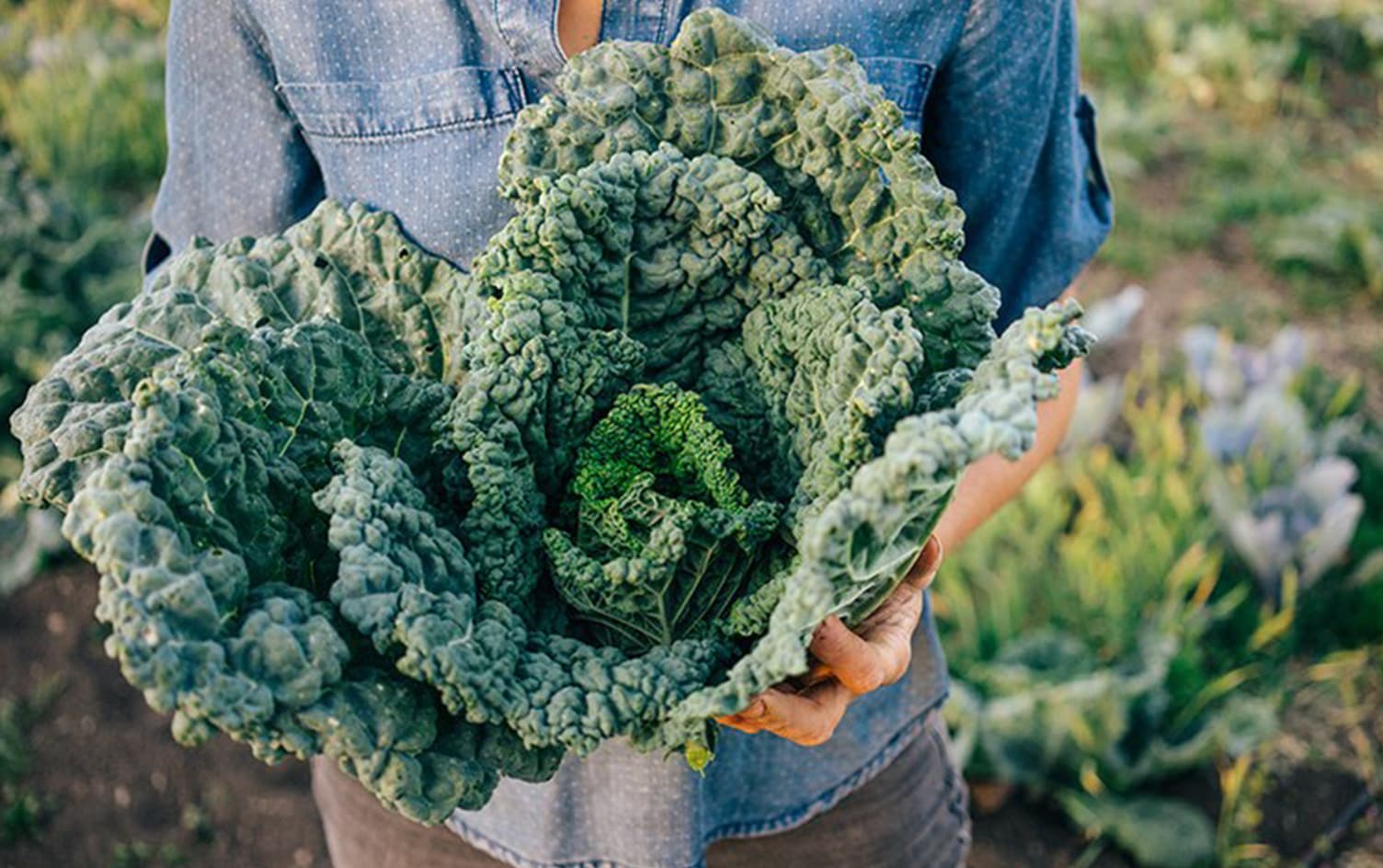
2. KALE
This cruciferous veggie thrives in cooler temperatures and is loaded with nutrients like vitamin C and A. It’s also a good source of potassium and vitamin B6, two heart-healthy nutrients. We love it in salads, smoothies, soups and more.
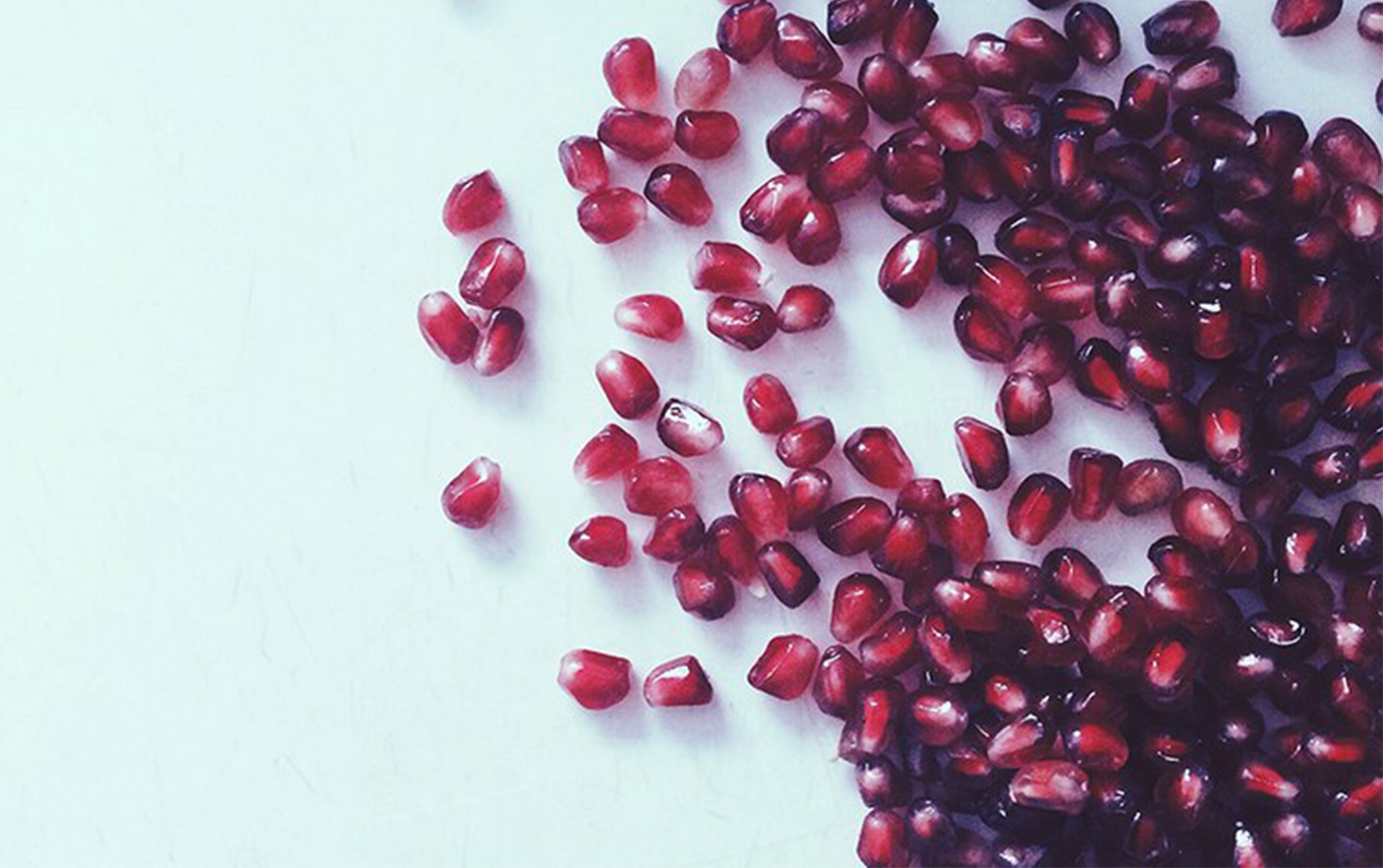
3. POMEGRANATES
This fruit is only in season through mid-January, so get it while it’s still hot. Though they’re famously hard to clean and shell, POM sells the seeds (or arils, as they’re known) by themselves if you’d rather not get your hands dirty. They’re a great source of fiber, says Gorin. They’re also low in calories (just 72 per one half cup) and high in the electrolyte potassium, which makes it an excellent pre- or post-workout snack option for a serious sweat session. Eating them plain is totally acceptable (they’re pretty freakin’ delectable on their own), but if you prefer to mix it up, Gorin suggest adding them to oatmeal or overnight oats.
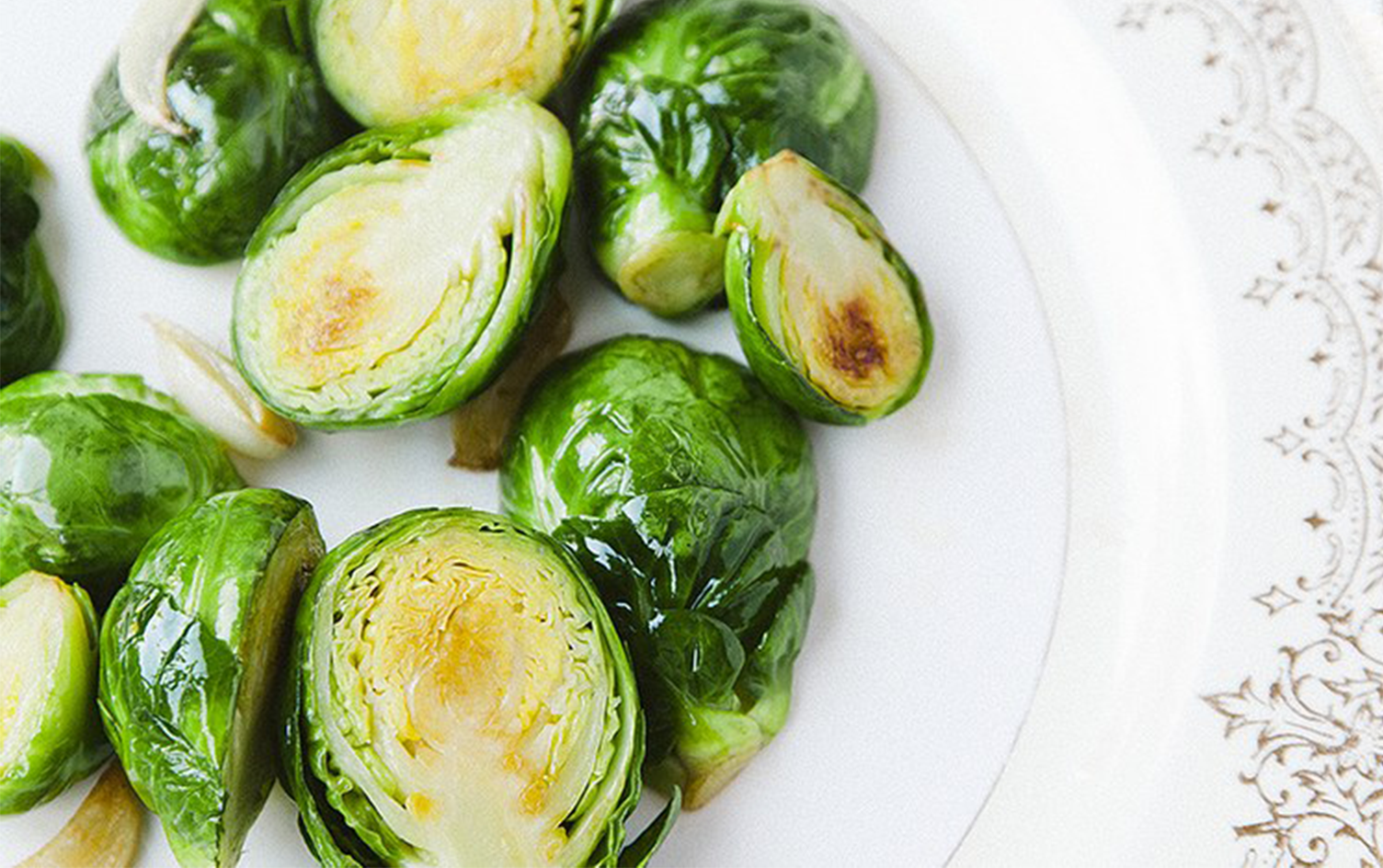
4. BRUSSELS SPROUTS
Another sturdy cruciferous veggie (have you spotted a trend?), Brussels sprouts are at their best from September to March. Aside from the fact that they’re delicious, there are many reasons to indulge in them. Gorin tells SELF that they’re high in fiber, vitamin C and folate. They’re also super low in calories: 1 cup has just 38 calories. Shred them up and add them to salads or roast them with olive oil and parmesan cheese.
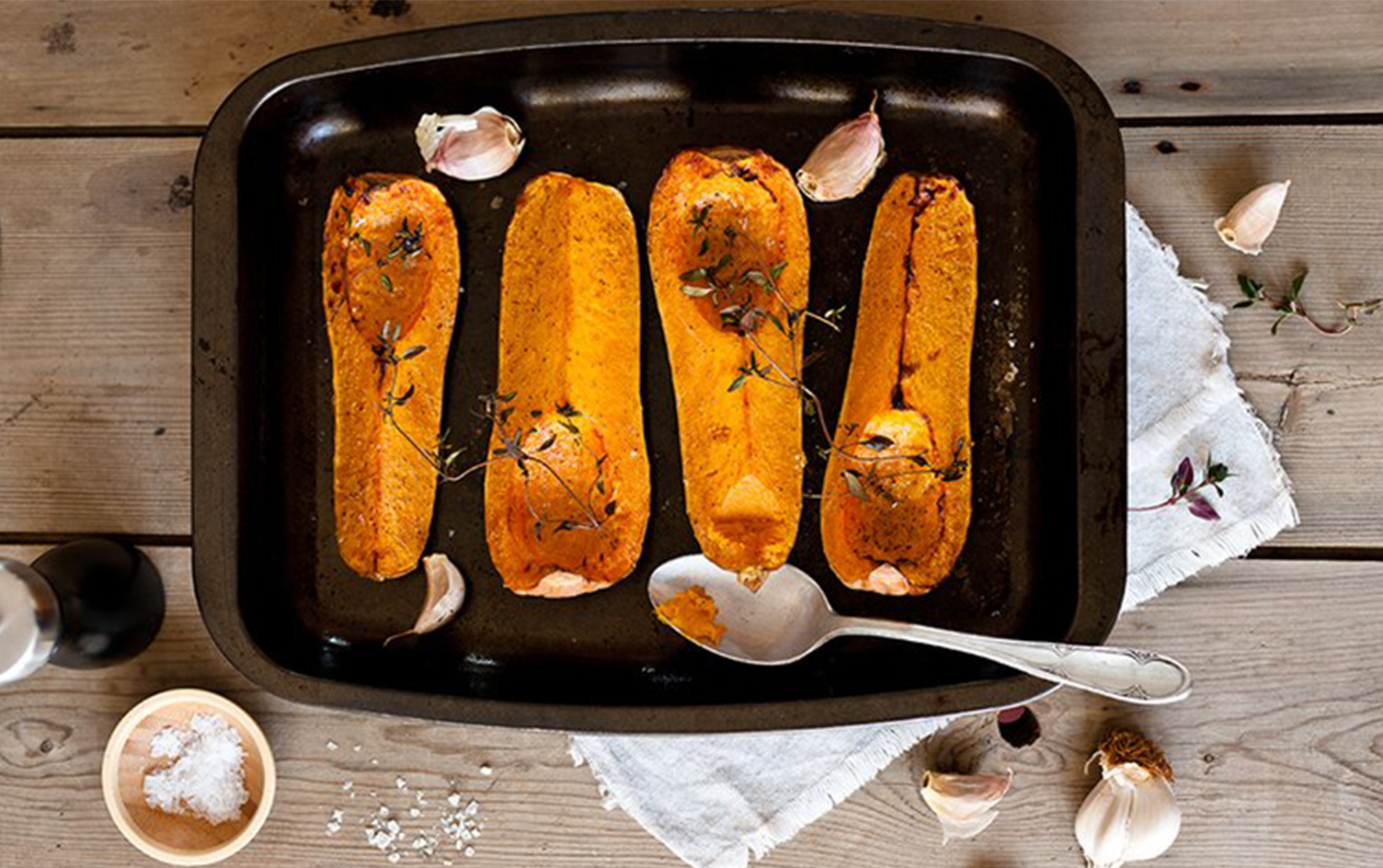
5. WINTER SQUASH
Though squash is harvested during the fall months, it’s so resilient that it lasts all the way through March. Once you’ve learned to properly clean and prepare this wintertime fave, you can start cooking with it in exciting and creative ways. Turn spaghetti squash into a low-carb pasta alternative, serve dinner inside a baked acorn squash or simply roast up a butternut and eat it plain.
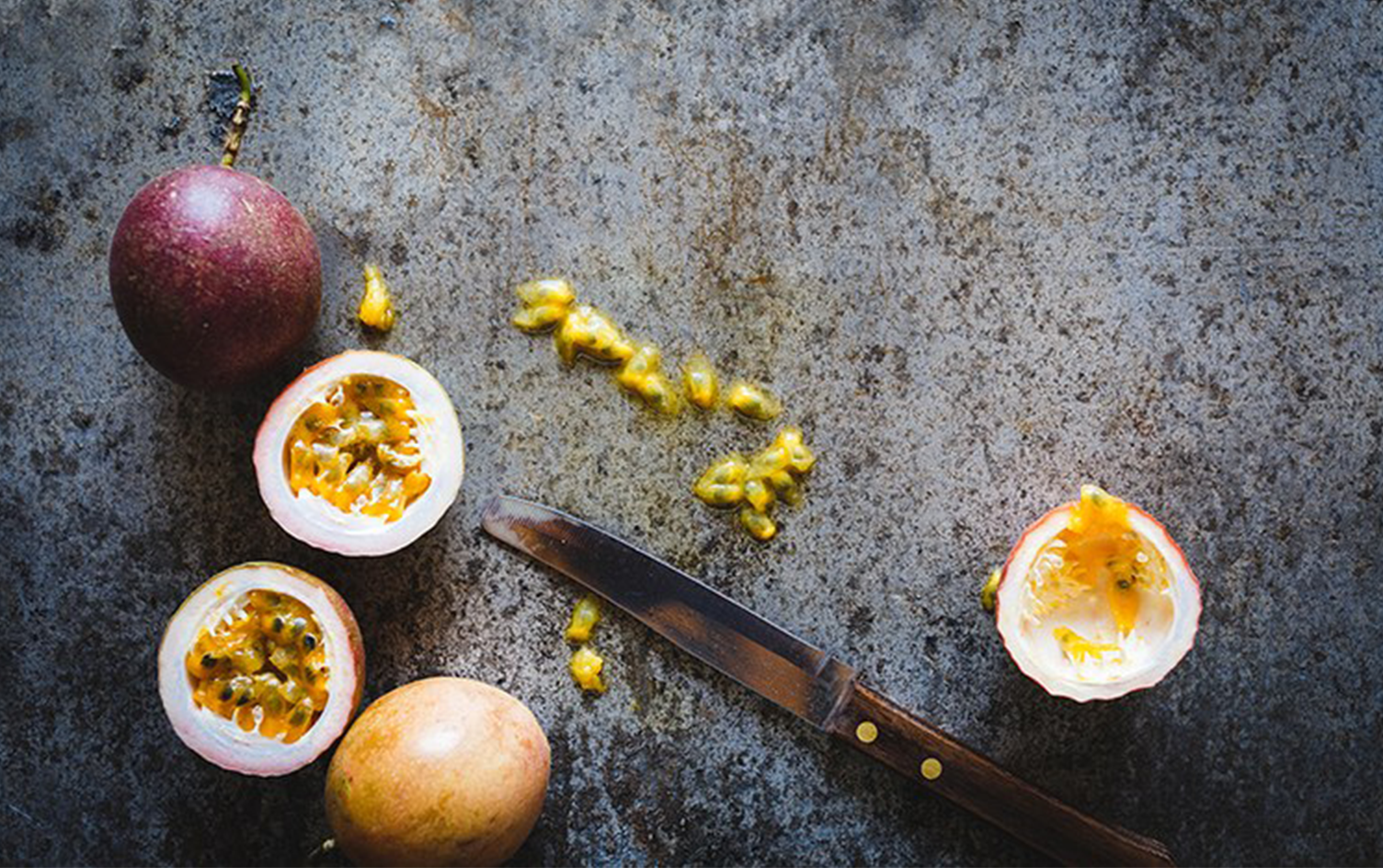
6. PASSION FRUIT
Here’s something you don’t see at the supermarket every day. Gorin tells SELF that, though passion fruit isn’t often associated with winter, it’s in season in January and February. Unfortunately, it’s a bit hard to come by. She says that she occasionally sees it turn up at Shop Rite, but if you’re really interested in trying it out, she suggests swinging by your local Asian market.
If you do come across one of these goodies, Gorin explains that you’ll know it’s ripe if the skin is all shriveled up. How do you eat it? Cut it in half, scoop the seeds out and add them to your next smoothie or eat the seeds plain, she says. Each fruit has 9% of the daily recommend allowance for vitamin C and only 17 calories. Not too shabby.

7. FENNEL
If you’re a fan of black licorice, fennel is the winter veg for you. Texturally, it’s similar to celery, and Gorin likes to shave it and serve it over salads. If you’re not a licorice lover, all good: It looses that anise-like bite when you roast it. As for its nutritional benefits, it’s high in fiber and low in calories (just 27 calories in one cup). Bonus: Fennel seeds are a known reliever of stomach pain.
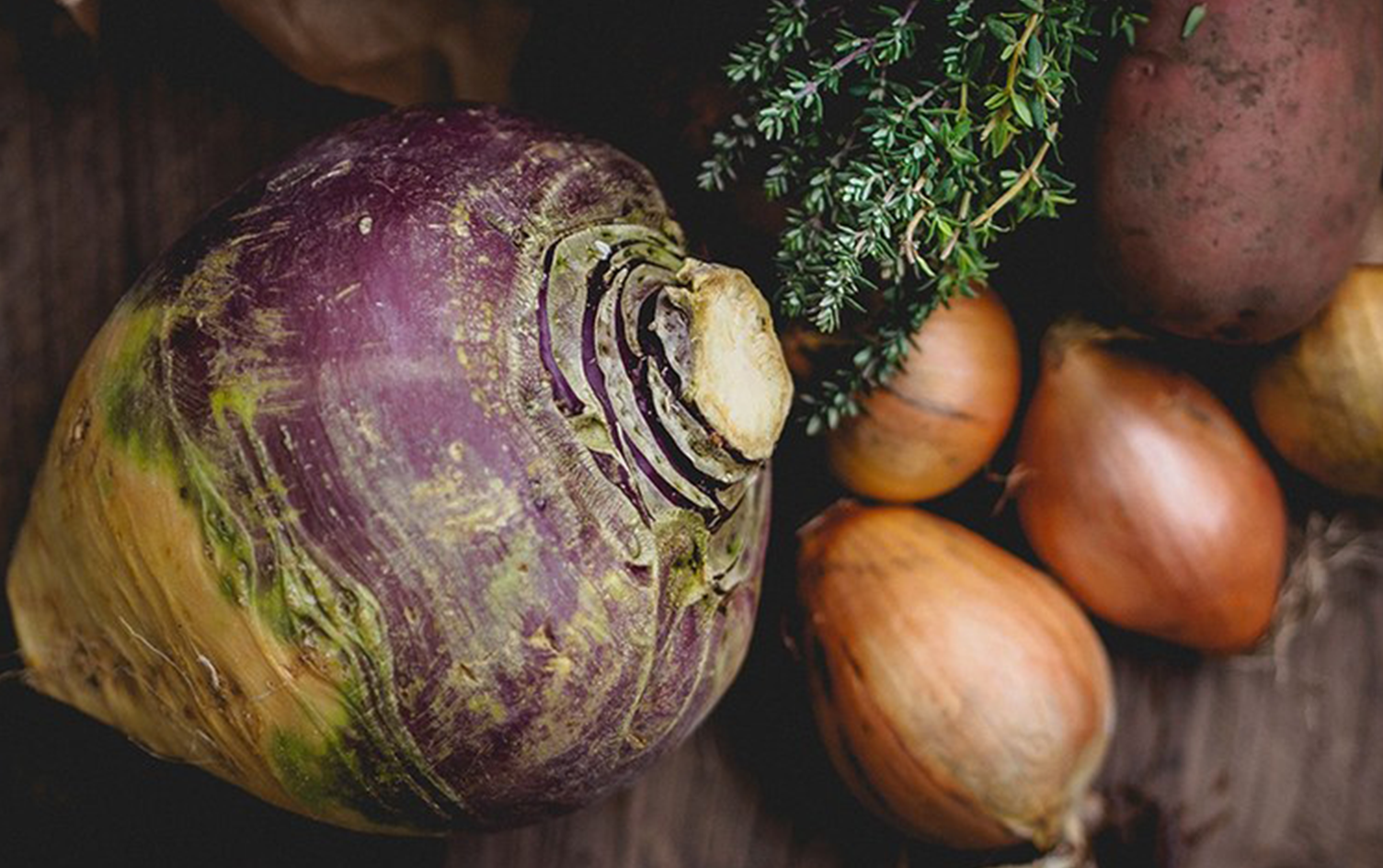
8. RUTABAGAS AND TURNIPS
There’s a reason you see these veggies in a lot of wintertime roasts: They’re in season from October to March. They’re both good sources of fiber and vitamin C, and rutabagas are surprisingly high in protein, with each medium rutabaga containing about 4 grams.
Turnips are also extremely low in carbs — there’s just 8 grams in each medium turnip. For this reason, Gorin likes to boil and mash them and serve them as a low-carb alternative to mashed potatoes.



